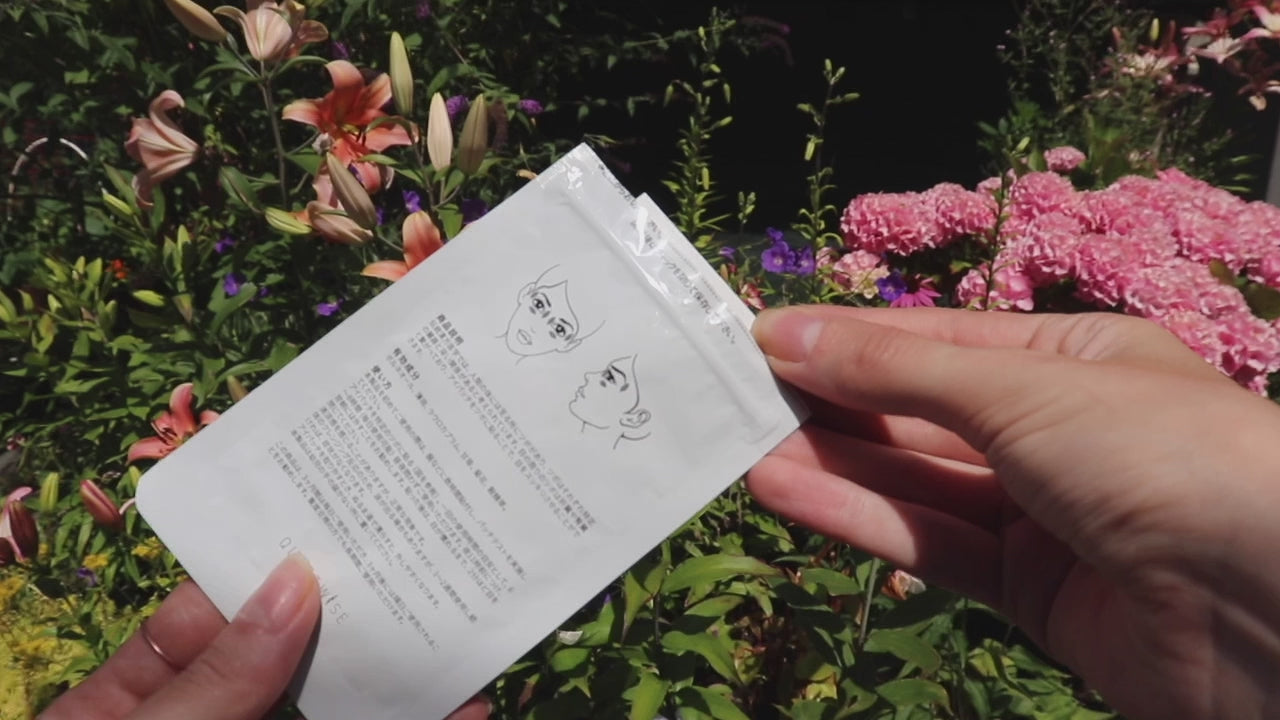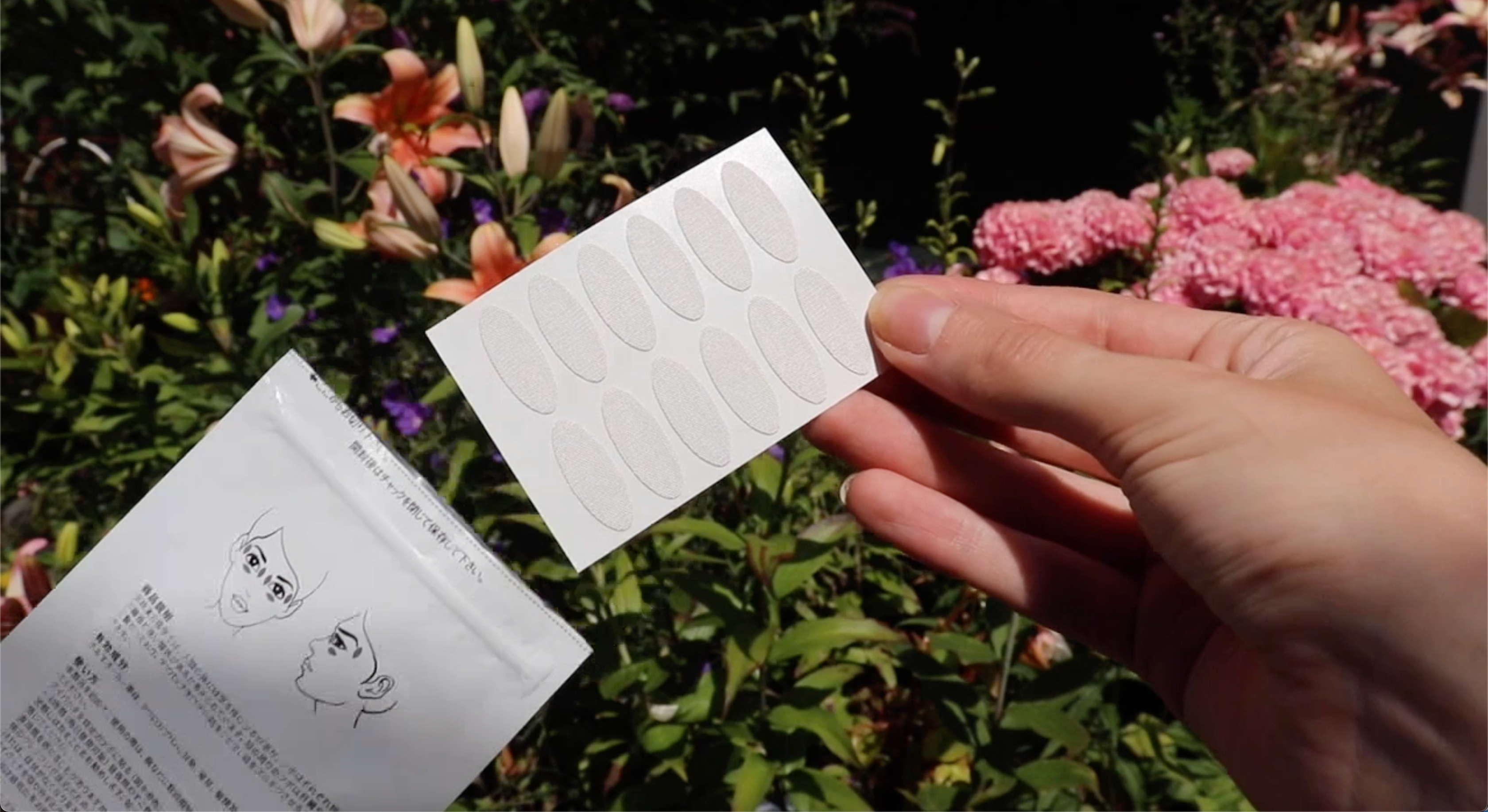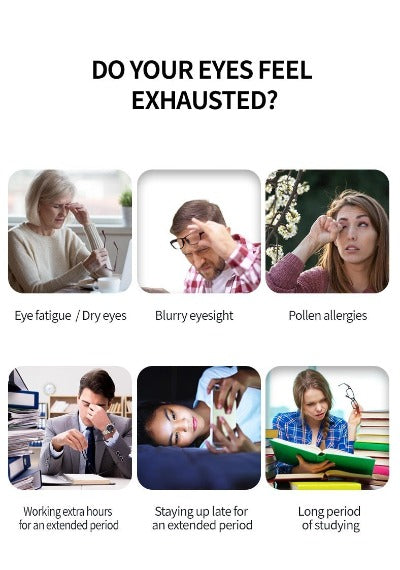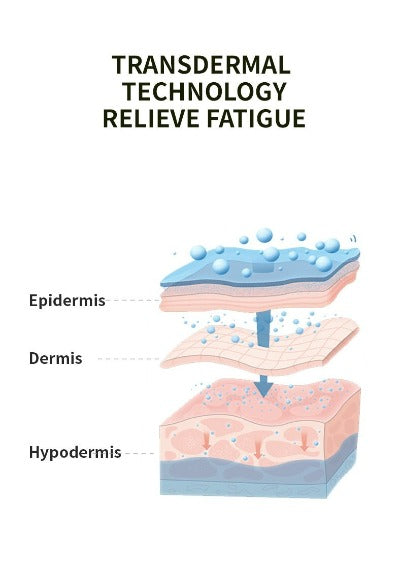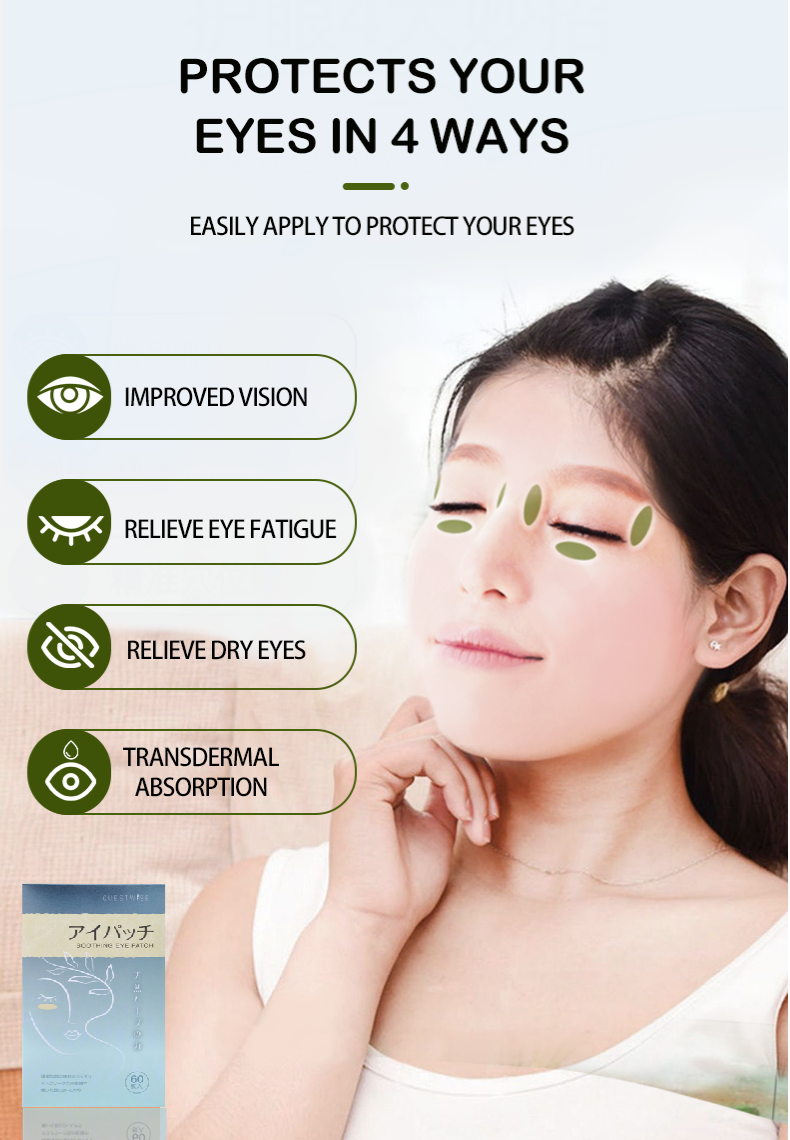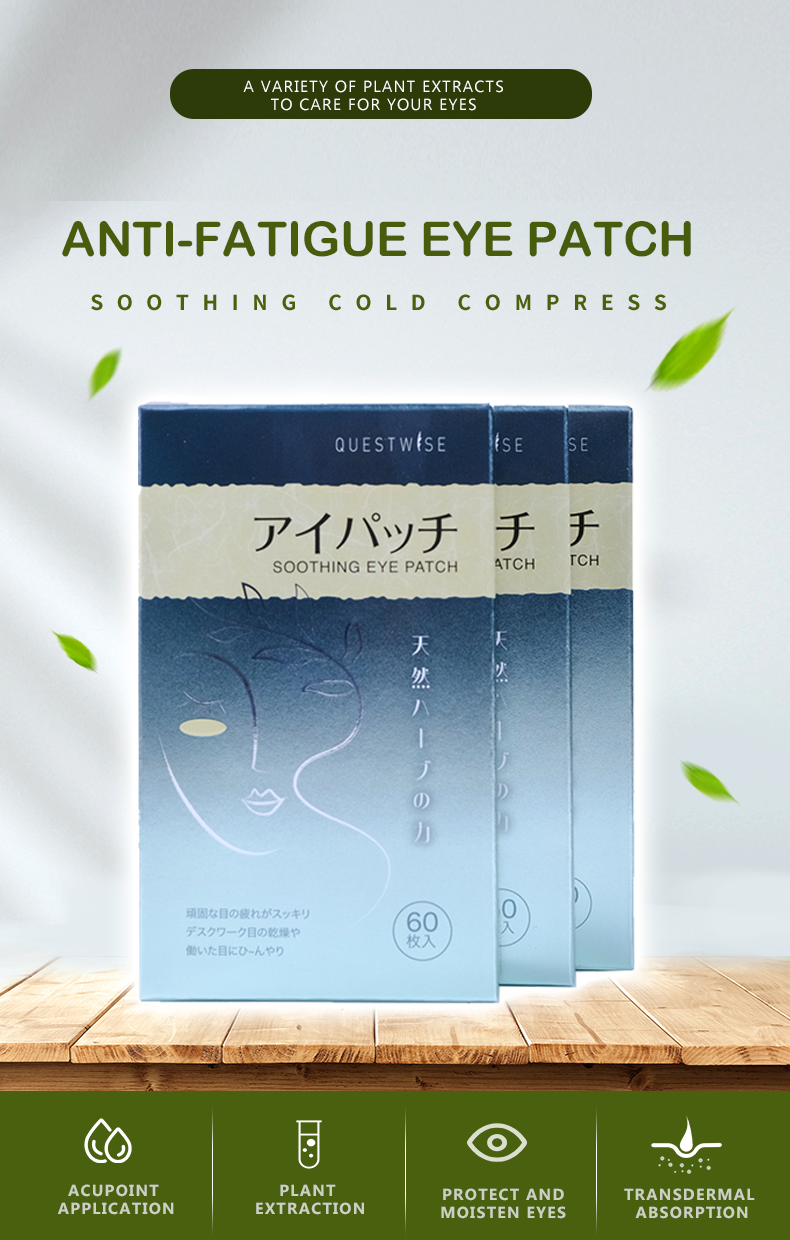You’ve been to the eye doctor. You’ve had the dilated exam. You’ve been given the reassuring news that your eyes are healthy and those distracting squiggles, dots, and cobwebs you’re seeing are "just benign floaters."
That’s a relief, of course. But it can also be frustrating. The floaters might be harmless from a medical standpoint, but they don’t feel harmless when they drift across your spreadsheet during a critical deadline, or when they cloud your vision on a beautiful, sunny day.
If you're tired of being told "you'll just have to live with them" without any practical advice, this article is for you. As eye care professionals, we understand that managing the annoyance of floaters is a crucial part of patient care. While we can't magically make them disappear with a simple trick, we can share the same strategies we provide to our patients to help them regain control and significantly reduce the impact floaters have on their daily lives.
This isn't about a cure; it's about control. Let's dive into some practical, doctor-approved tips.
The Foundation: Understanding the Goal is Neuro-Adaptation
Before we get to the tips, it's essential to understand the "why" behind them. The ultimate goal in managing benign floaters is to achieve neuro-adaptation.
This is a fancy term for your brain's incredible ability to tune out constant, unimportant sensory information. It’s the reason you don’t constantly feel the shirt on your back or hear the hum of your refrigerator. Your brain learns that these stimuli are not threats and are not important, so it pushes them into the background.
Floaters are no different. Right now, they may have your full attention, which tells your brain, "This is important! Keep tracking it!" Our goal with the following tips is to break that cycle and help your brain reclassify your floaters from a high-priority distraction to irrelevant background noise.
7 Practical Tips for Living with Eye Floaters
Tip 1: Master the Gentle Eye-Flick
This is the most direct and immediate technique for dealing with a floater that's parked right in your central vision.
-
What to Do: Instead of trying to chase the floater (a frustrating game you’ll never win), simply move your eyes gently. Look up, then down. Then look left, and then right.
-
Why it Works: Your floaters are suspended in the vitreous, a gel-like substance inside your eye. When you move your eye, the vitreous swirls around due to inertia, a bit like swishing tea leaves in a cup. This gentle, deliberate eye movement is often enough to create a current that carries the bothersome floater out of your direct line of sight, providing immediate, albeit temporary, relief. It’s a simple physical reset.
Tip 2: Control Your Environment: Become a Lighting Guru
Floaters are shadows. The brighter the light and the higher the contrast of the background, the darker and sharper those shadows will be. By controlling your lighting, you can soften these shadows until they become faint and easy to ignore.
-
What to Do:
-
On Your Computer: This is huge. Activate "Dark Mode" on your operating system and applications whenever possible. This creates a dark background with light text, a low-contrast environment where floaters virtually disappear. If you can't use dark mode, reduce your screen's brightness to a comfortable level.
-
In Your Home/Office: Avoid sitting directly under harsh, overhead fluorescent lights. Opt for softer, ambient lighting from lamps. Position your desk so that a bright window isn't directly in your field of view.
-
-
Why it Works: By reducing the intensity of the light source behind the floater, you decrease the contrast of the shadow it casts on your retina. A faint, soft-edged shadow is infinitely easier for your brain to ignore than a stark, dark one.
Tip 3: Embrace the Outdoors (with Protection)
The bright, uniform blue sky is the perfect stage for floaters, making them appear in high definition. But you don't have to become a hermit. The right eyewear is your best friend.
-
What to Do: Invest in a pair of high-quality, polarized sunglasses. A hat with a wide brim can also be incredibly helpful.
-
Why it Works: Sunglasses do more than just make you look cool. The tint reduces the overall amount of bright light entering your eyes. This does two things: it keeps your pupils from constricting too much (a smaller pupil creates sharper shadows), and it reduces the stark contrast of the sky. Polarization is the secret weapon—it specifically cuts down on reflected glare from surfaces like water, roads, and cars, further calming your visual environment and making floaters less prominent.
Tip 4: Stay Hydrated and Eat for Your Eyes
While there is no "miracle food" that will dissolve floaters, overall health plays a role in eye health.
-
What to Do: Drink plenty of water throughout the day. Maintain a balanced diet rich in antioxidants, found in leafy greens (spinach, kale), colorful fruits (berries, oranges), and fish high in omega-3 fatty acids.
-
Why it Works: The vitreous humor in your eye is about 99% water. Proper hydration is essential to maintaining its health over the long term. While drinking more water won't make existing floaters disappear, it supports the overall health of the vitreous. Think of it as preventative maintenance for your eyes rather than a direct treatment.
Tip 5: Don't "Chase the Dragon"
This is a cognitive tip—it's about how you mentally react to your floaters.
-
What to Do: When a floater drifts into your view, consciously make the decision not to follow it. Acknowledge its presence calmly ("Ah, there's that floater again") and then deliberately return your focus to your book, your screen, or the conversation you're having.
-
Why it Works: Actively trying to look at a floater is a self-defeating exercise that only amplifies your frustration. More importantly, it signals to your brain that the floater is a subject of intense interest. Every time you chase it, you're reinforcing the neural pathways that keep it at the top of your mind. By calmly disengaging, you're training your brain that this stimulus is not worthy of attention, which is the very essence of neuro-adaptation.
Tip 6: Reduce General Eye Strain
Tired eyes are more irritable and have less "processing power" to filter out annoyances like floaters.
-
What to Do: If you work on a computer, follow the 20-20-20 rule: every 20 minutes, look at something 20 feet away for at least 20 seconds. Ensure your screen is at a comfortable distance (arm's length) and height (just below eye level). If your eyes feel dry, use over-the-counter lubricating eye drops.
-
Why it Works: When your eyes are comfortable and relaxed, your visual system is less stressed. A less-stressed system is better at its background tasks, including filtering out the visual noise of floaters. Managing eye strain reduces one more source of aggravation, making the floaters themselves seem less significant.
Tip 7: Manage Your Mindset and Anxiety
Have you ever noticed your floaters seem ten times worse when you're stressed or anxious? You're not imagining it.
-
What to Do: Acknowledge the powerful link between your stress levels and your perception of floaters. If you suffer from anxiety, addressing it can have a direct, positive impact on how much your floaters bother you. Practices like mindfulness, meditation, or even simple deep breathing exercises can help calm your nervous system.
-
Why it Works: Anxiety puts your brain on high alert. It's constantly scanning for threats, and in this hyper-vigilant state, it latches onto things it might otherwise ignore—like floaters. By lowering your overall anxiety levels, you lower your brain's sensitivity, making it much easier to let the floaters drift by unnoticed.
A Final Note on Medical Treatments
For a very small percentage of individuals with severe, debilitating floaters that directly obscure their vision, medical treatments like YAG Laser Vitreolysis and Vitrectomy surgery exist. However, these are not first-line solutions and come with their own sets of risks. They are reserved for extreme cases and should be discussed at length with an ophthalmologist.
For everyone else, the path to relief lies in management and adaptation. By being proactive, you can transform your relationship with floaters from one of constant battle to peaceful coexistence.
Q&A for Users with Eye Discomfort
Q1: How long does neuro-adaptation actually take? I've had floaters for months and I still notice them.
A: The timeline for neuro-adaptation is highly individual. It can take anywhere from a few months to a year or more. The process is not linear; you'll have good days where you barely notice them and bad days where they seem more prominent. The key factors that influence the speed are the number/density of your floaters and, most importantly, how much attention you pay to them. Consistently using the management tips above can help accelerate the process.
Q2: Can I still wear my contact lenses if I have a lot of bothersome floaters?
A: Absolutely. Contact lenses sit on the surface of your cornea and have no physical interaction with the floaters, which are deep inside your eye. In fact, ensuring your vision is corrected as clearly as possible can help your brain better focus on the outside world, which may make it easier to ignore the internal floaters.
Q3: I'm a graphic designer and I have to stare at white screens all day. What's the best advice for me?
A: This is a tough situation. The number one tip is to utilize "Dark Mode" whenever your software allows it. If that's not possible, invest in a high-quality monitor with adjustable brightness and color temperature controls. Lower the brightness and shift the color to a warmer, more "yellowish" tone instead of a stark, blue-white. Also, be militant about following the 20-20-20 rule to give your eyes and brain a frequent break from the high-contrast environment.
Q4: I'm worried my floaters will just get worse and worse as I get older. Will they?
A: Not necessarily. Many people experience a Posterior Vitreous Detachment (PVD) once, typically between the ages of 50 and 70, which can create a sudden new set of floaters (including larger ones). After this event stabilizes, the situation often remains relatively static for years. While the vitreous will continue to degrade slowly, you are unlikely to experience the same dramatic "shower" of floaters repeatedly. Most people find their floaters become less noticeable over time, not more.
Q5: Is it possible to have too many floaters for my brain to truly ignore?
A: Yes, in severe cases, it is. This is where the line between "annoyance" and a genuine, vision-impairing condition is crossed. If floaters are so numerous and dense that they form a constant "web" or "cloud" that directly interferes with your ability to read, drive, or recognize faces, you may be a candidate for medical treatment. If you feel you are in this category, it's important to have a frank discussion with your ophthalmologist about how your quality of life is affected.



